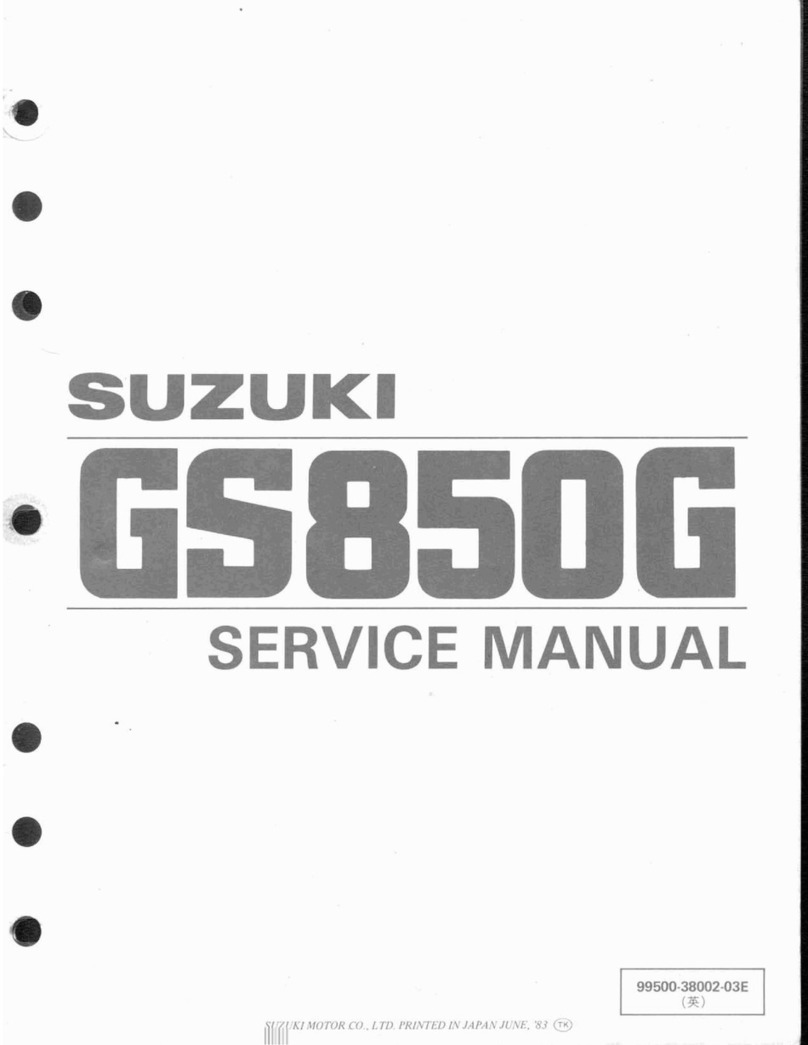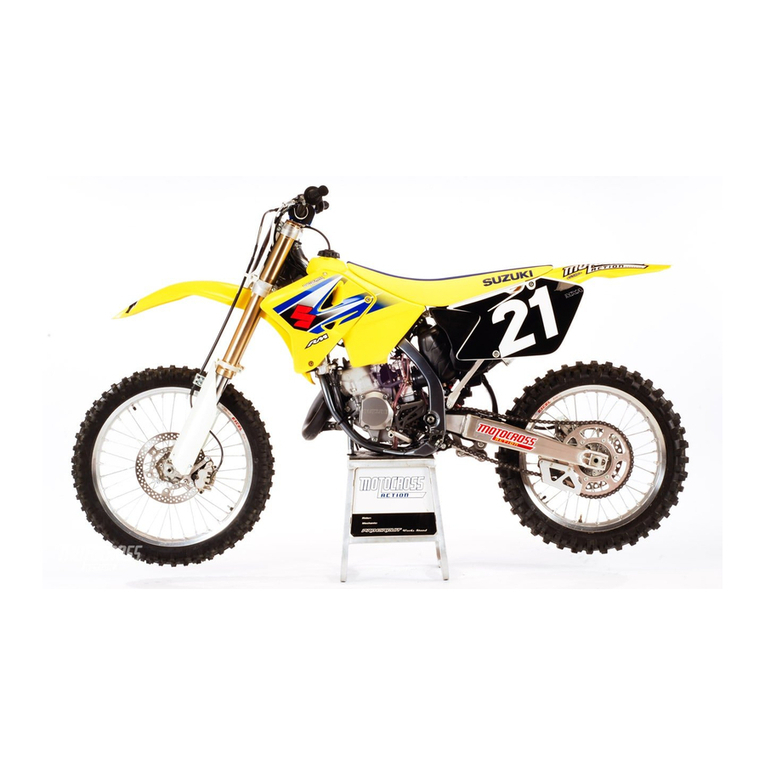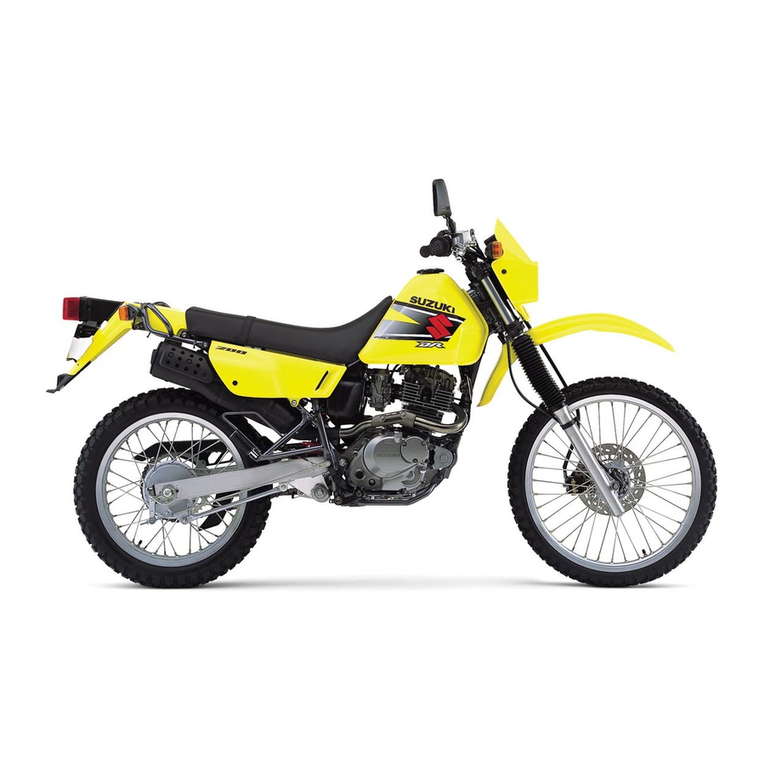Suzuki DR600S User manual
Other Suzuki Motorcycle manuals
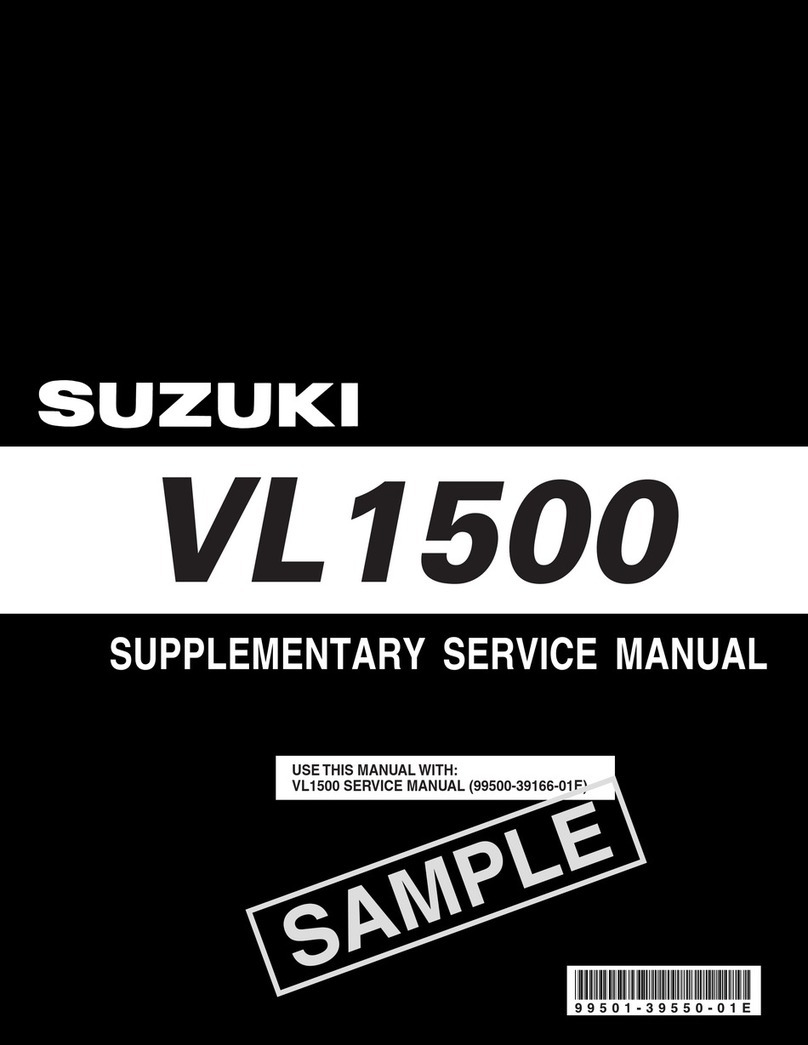
Suzuki
Suzuki VL1500K5 Manual
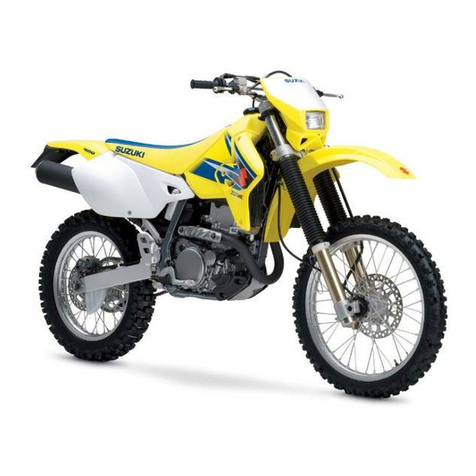
Suzuki
Suzuki drz 400E User manual

Suzuki
Suzuki VL1500 User manual

Suzuki
Suzuki freewind User manual
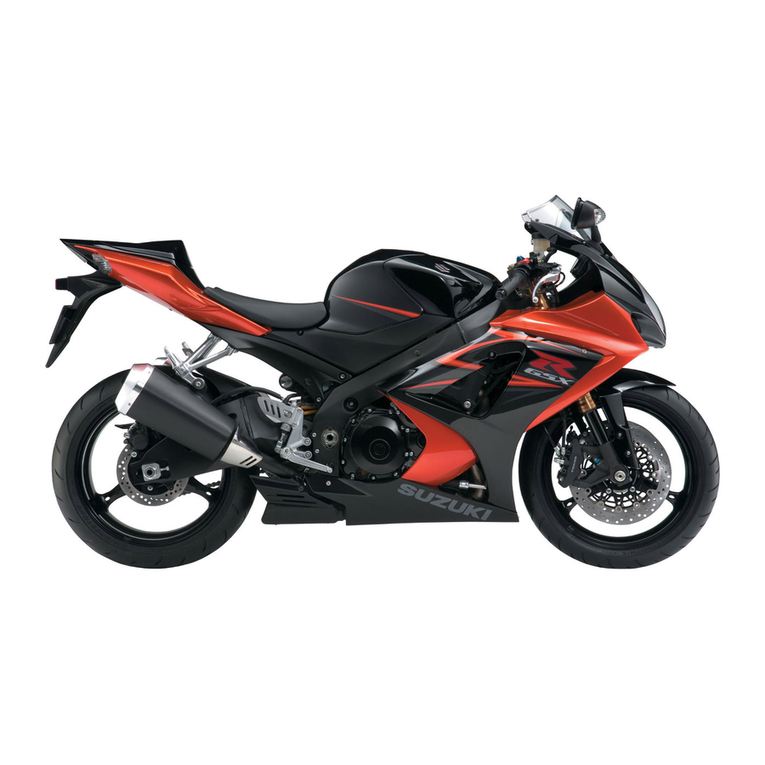
Suzuki
Suzuki GSX-R1000 2007 User manual
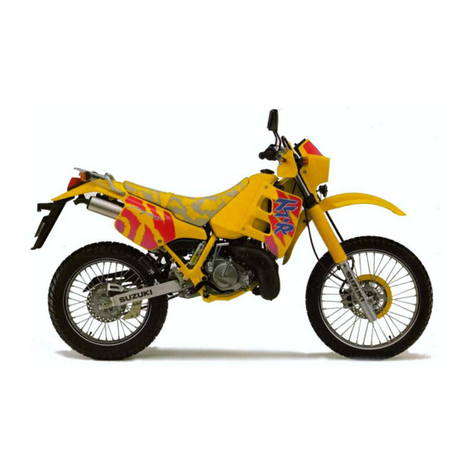
Suzuki
Suzuki TS200R User manual
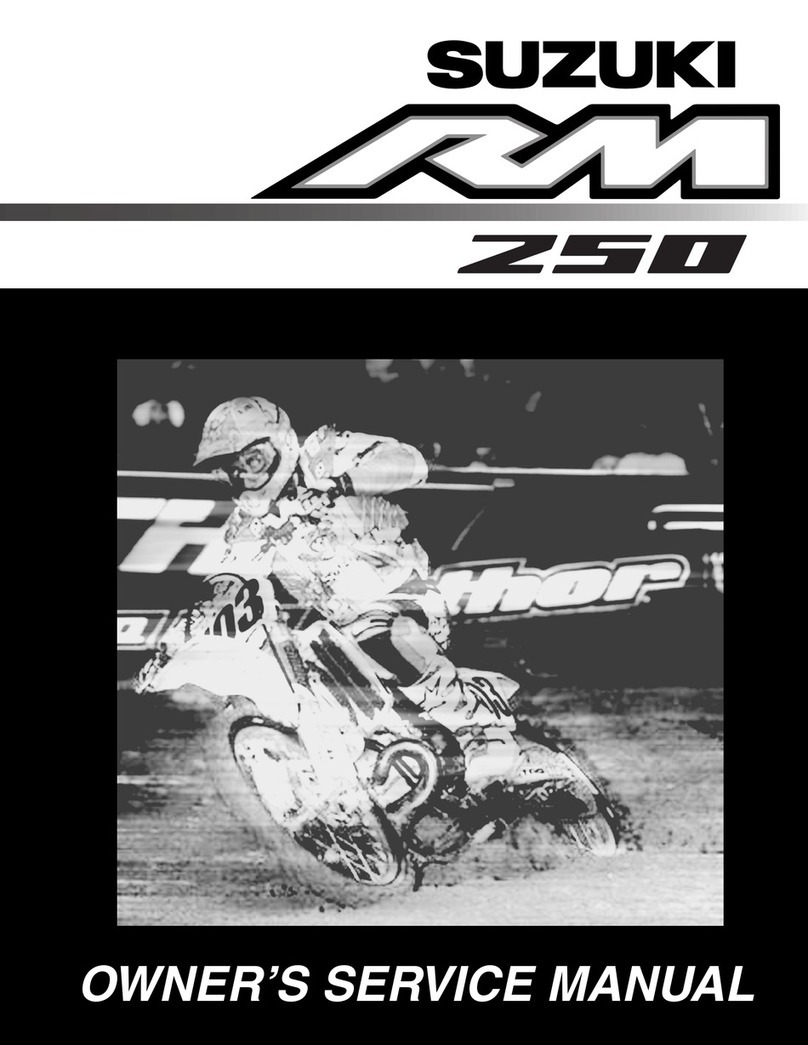
Suzuki
Suzuki RM 250 2003 Application guide
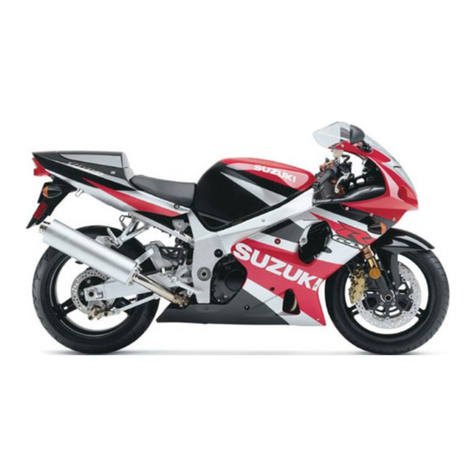
Suzuki
Suzuki 2001 GSX-R1000 User manual

Suzuki
Suzuki Katana 1100 User manual
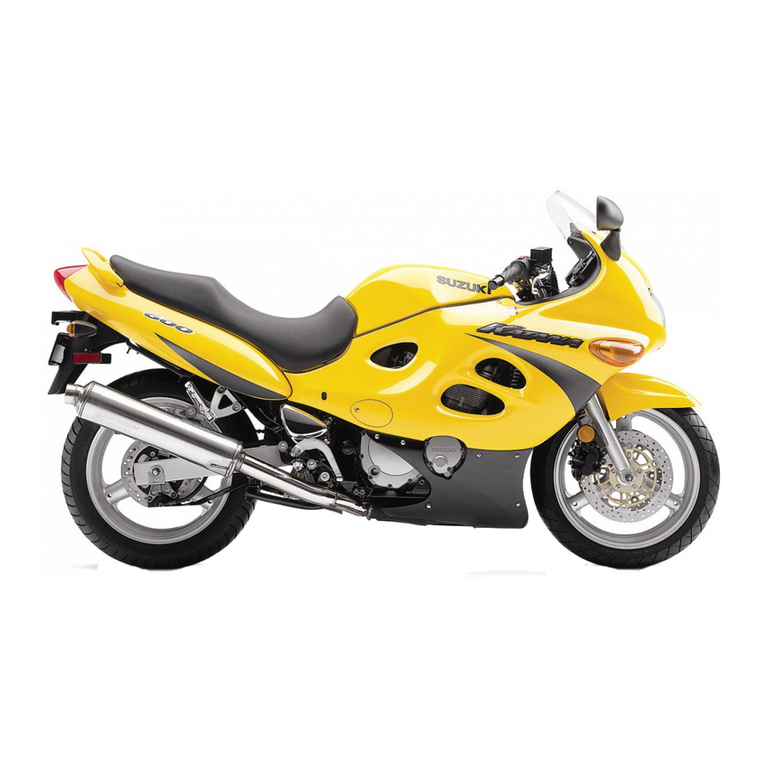
Suzuki
Suzuki GSX600F User manual
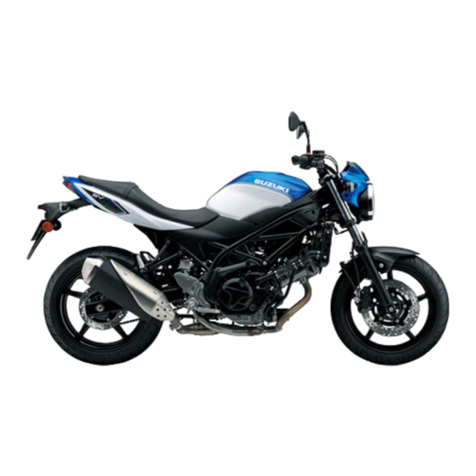
Suzuki
Suzuki SV650 User manual
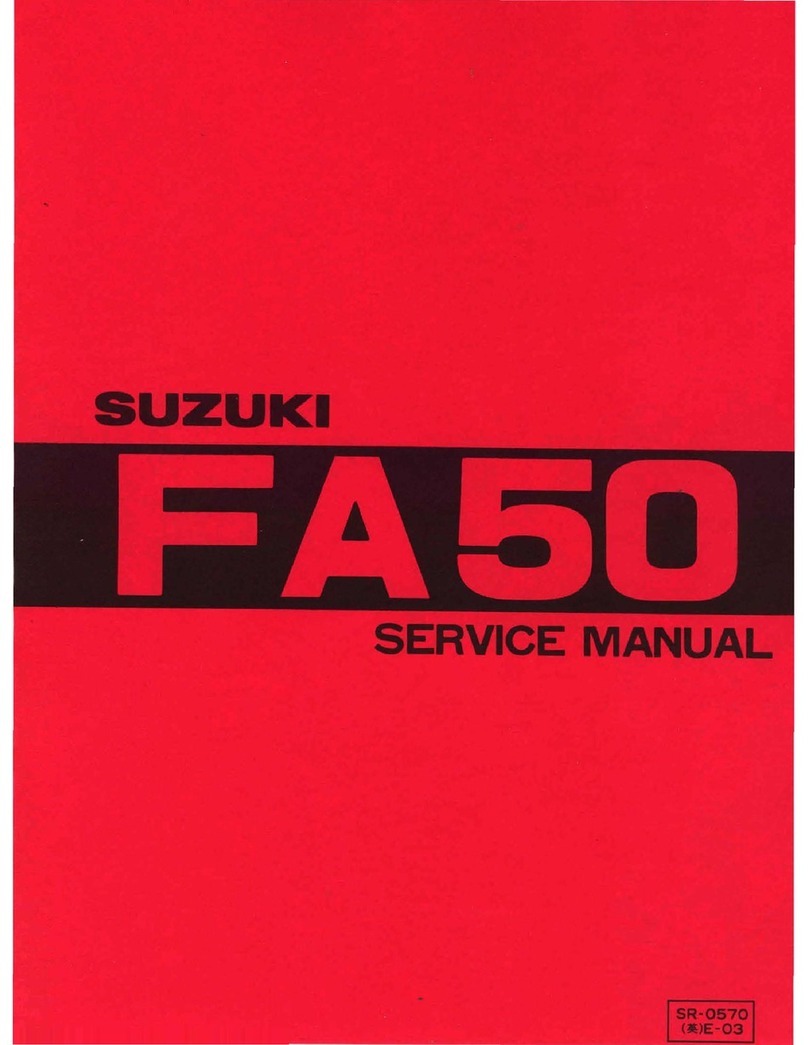
Suzuki
Suzuki FA50 User manual

Suzuki
Suzuki 1996 GSX-R750 User manual
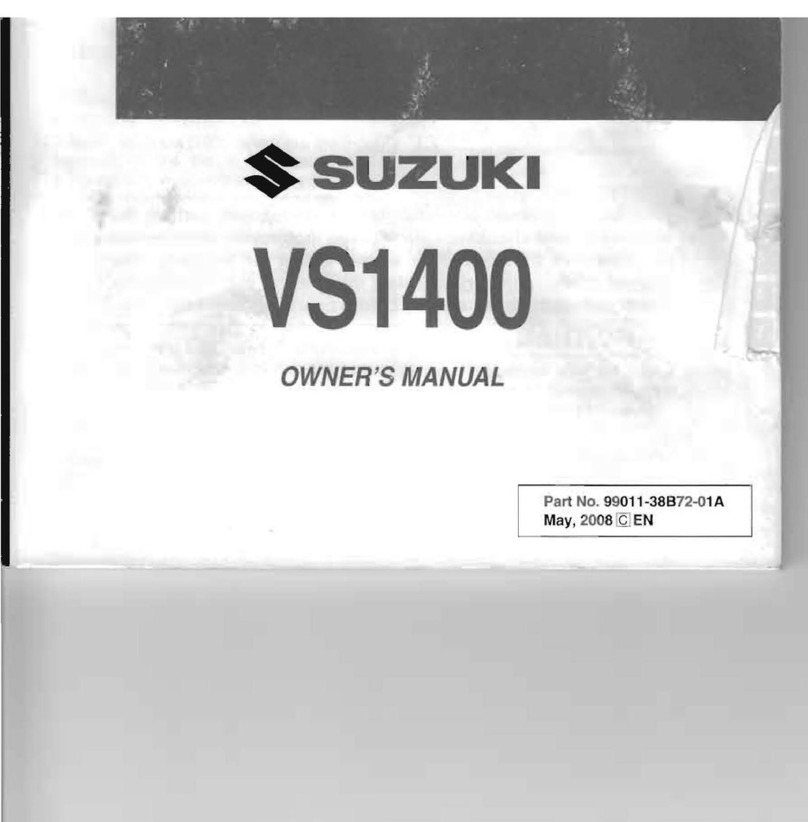
Suzuki
Suzuki Intruder VS1400 User manual
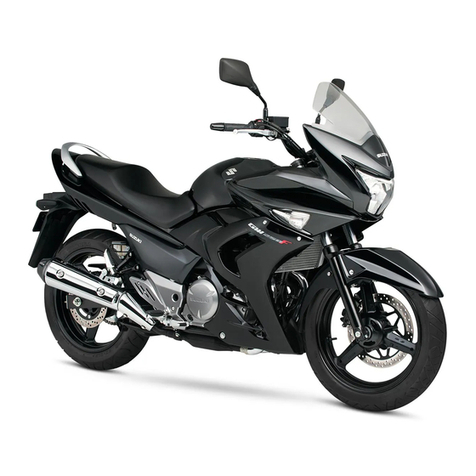
Suzuki
Suzuki gw250F User manual
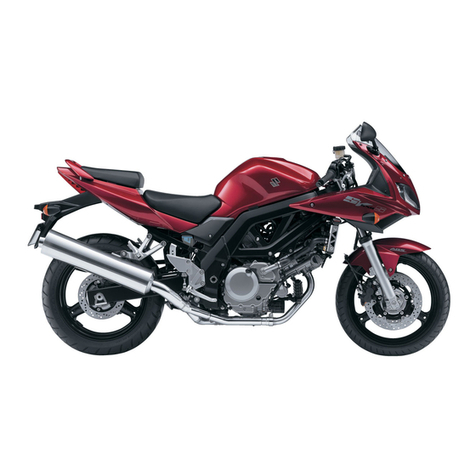
Suzuki
Suzuki 2007 SV650K7 Manual

Suzuki
Suzuki shogun sports 125 User manual

Suzuki
Suzuki RM-Z250 User manual

Suzuki
Suzuki GSX 400F User manual

Suzuki
Suzuki UK110NE 2015 User manual
Popular Motorcycle manuals by other brands

MV Agusta
MV Agusta Brutale 675 Workshop manual

APRILIA
APRILIA RSV MILLE - PART 1 1999 User manual content

Royal Enfield
Royal Enfield Himalayan 2018 owner's manual

SSR Motorsports
SSR Motorsports Lazer5 owner's manual

MOTO GUZZI
MOTO GUZZI 2005 Griso 1100 Use and maintenance book

KTM
KTM 85 SX 19/16 owner's manual
